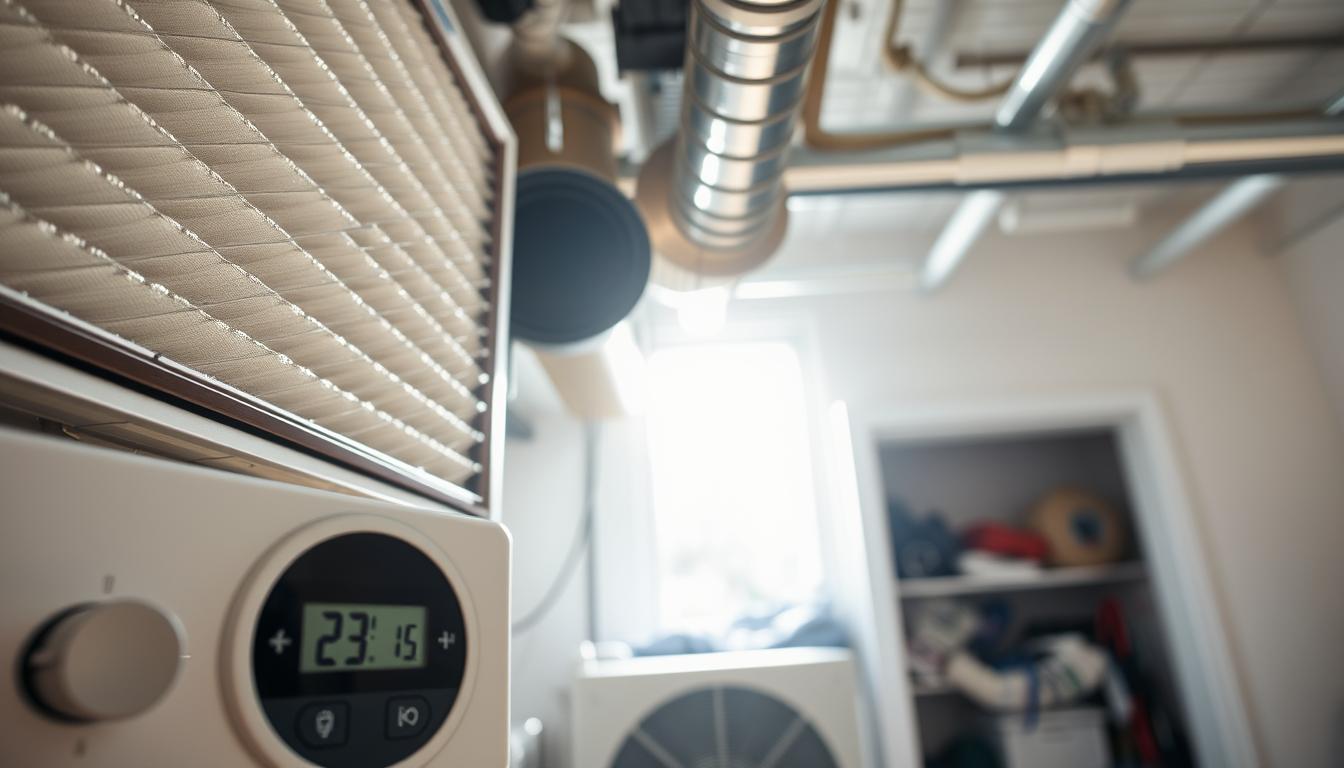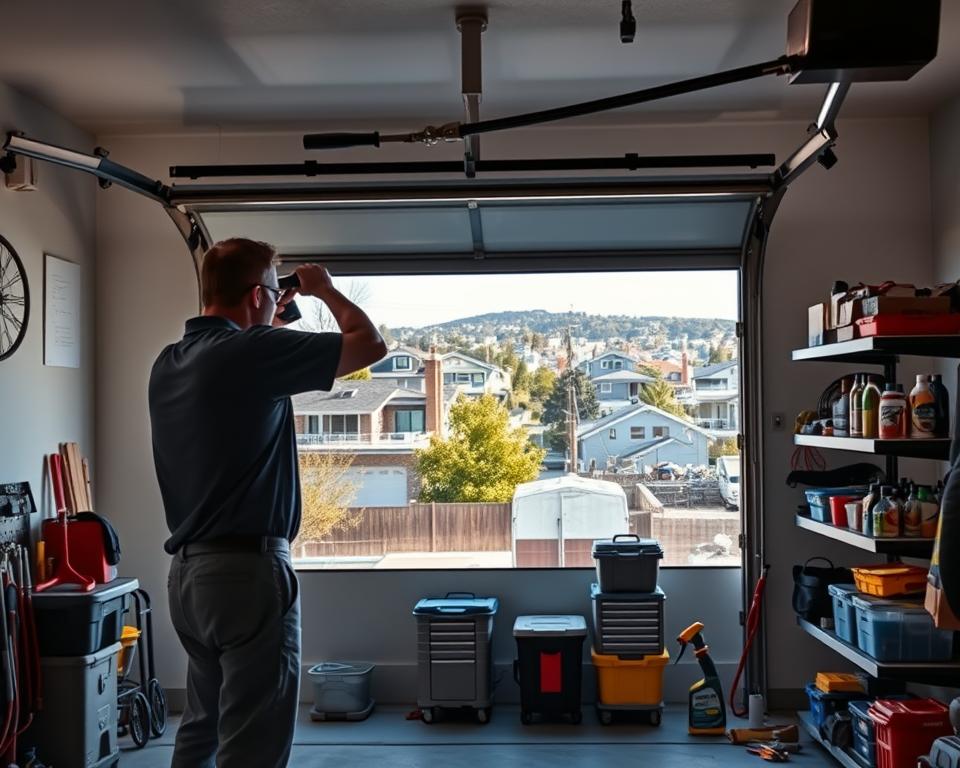Community SEO Services Near Me – Elevate Your Presence
Little-known fact: about 93% of U.S. consumers look for nearby companies online? In today’s world, engaging with your local network is crucial. The requirement for powerful local SEO services has exploded. With nearly all nearby mobile inquiries resulting in immediate actions, enterprises must exploit local SEO to boost visibility and interaction.
Marketing1on1 delivers budget-friendly SEO offerings to assist enterprises succeed in “near me” lookups for SEO services near me. This drives significant foot traffic to their doors. By concentrating on local SEO, enterprises can elevate their online footprint and differentiate themselves from the market rivals.
Allocating resources to local SEO approaches improves website flow and CTR. It also strengthens your brand’s image in a challenging market. We shall investigate how local SEO can revolutionize your company’s presence.
Understanding Local SEO and Its Significance
Local SEO is a vital tool for companies aiming to boost their exposure in neighborhood search findings. It involves refining online exposure for businesses focusing on customers in a designated area. With cellular data usage growing, local search presence is crucial now more than ever. Over 88% of people employ their mobile devices to perform local queries, and 66% of them go to a related shop within a week.
This highlights the strong connection between impactful local SEO strategies and enhanced physical visits. Noteworthy statistics reveal that over 66% of individuals depend on Google for local company queries. Also, 45% use Google Maps, making a robust online footprint essential. Enterprises that manage their profile on these networks have a greater likelihood of appearing in the local mapping group.
This is a favorable spot in Google’s output, presenting three leading businesses. To attain this, a strong Google My Business profile is vital. It acts as a cornerstone for enhancing local online exposure. Local mentions from multiple data aggregators and client feedback are also critical for placing in local search optimization.
Engaging with customer opinions creates trust and can greatly add to better positions in local search outcomes. The trend of hyperlocal searches further emphasizes the significance of precise search terms like “near me” or neighborhood-related phrases. Searches for “shopping near me” have experienced an over 100% increase year-over-year.
This demonstrates that optimizing for local search is not optional anymore but a essential requirement for prospering enterprises.
What Are SEO Offerings Close By?
SEO services close by are specialized strategies aimed at enhance a company’s presence in local findings. These expert offerings deliver substantial benefits for enterprises looking to reach with their local community. They support the process of making a enterprise more accessible to those searching for products or services in their vicinity.
Definition and Benefits
These offerings optimize a company’s online profile for local lookups. They can substantially improve website exposure, increase traffic, and boost conversion rates. By leveraging targeted strategies like keyword research and local mentions, enterprises can draw in customers seeking local products. The advantages include:
- Improved search engine rankings on engines such as Google and Bing.
- Increased brand authority within local areas.
- Enhanced user engagement through refined content.

Distinctions Between Local and Traditional SEO
Standard SEO aims at a wider market, intending wide-reaching exposure. In comparison, SEO offerings close by emphasize localized strategies for “near me” lookups. This change emphasizes drawing in and keeping local patrons over extending reach. Such bespoke strategies yield:
- Highly targeted traffic from nearby patrons.
- A deeper understanding of local market dynamics.
- Purposeful deployment of networks fostering local connections, including Google My Business.
The Role of Google My Business in Local SEO
The significance of Google My Business in local SEO strategies is profound. A well-crafted local business profile on Google enhances exposure and ensures quick access to accurate information. Correctly setting up this profile is the primary step to leveraging local SEO for improved visitor draw.
Setting Up Your Google Business Profile
Building an impactful Google Business entry begins with verifying all information are precise and thorough. This includes your enterprise name, physical address, contact number, and hours of operation. Regular updates to this information promote customer interaction and maintain customer awareness. Confirming your business location improves exposure in local search findings, aiding customers in discovering your venue.
Optimizing Your Profile for Visibility
To boost your Google My Business listing’s performance, focus on optimization. Top-notch photos and videos of your offerings attract customers. Consistently addressing client feedback demonstrates your dedication to service, improving exposure in search results. Dynamic features like posts and stories maintain an active and appealing profile.
Connecting your sales platforms with the Local Inventory app exhibits in-store offerings. This strengthens your local enterprise listing, appealing to local customer interests.
Key local factors like pertinence, distance, and standing are vital in outcomes. A thorough listing, with consistent NAP (Name, Address, Phone number) across networks, draws local visits. Studies indicate that companies that maintain thorough listings are 70% more likely to garner local search visits. Connecting with customers on this channel strengthens your online presence, as 97% of individuals explore local companies online.
Primary Elements Affecting Local SEO Rankings
Comprehending the key elements that influence local SEO standings is vital for enterprises. Components include NAP consistency, local mentions, UX, and online testimonials. Each plays a unique role in how engines position local businesses.
Name, Address, Phone Number (NAP) Consistency
Ensuring NAP data uniform across online networks is critical for local SEO. Google verifies this uniformity to build trust in business profiles. When customers find the same data everywhere, it boosts trustworthiness and lifts local SEO rankings.
It’s vital to confirm all your data, from databases to social media and your web presence, matches perfectly.
Local Citations and Their Impact
Area references, mentions of your business on other websites, greatly affect local SEO positions. Platforms leverage these to gauge a enterprise’s credibility and influence in a specific area. Precise NAP information in these citations foster platform credibility, boosting presence in local search results.
UX and Digital Reviews
UX is a key factor in local SEO positions, as search engines prefer websites that offer valuable interactions. Good feedback on platforms like Google and Yelp indicate client approval. Overseeing online testimonials, addressing critiques, and mitigating unfavorable feedback can enhance your reputation.
Effective Local SEO Strategies from Marketing1on1
In the current competitive landscape, enterprises need efficient local SEO tactics to differentiate themselves. Marketing1on1 provides budget-friendly SEO services that enhance online presence through precision approaches. They comprehend the unique needs of local businesses, tailoring tactics to significantly increase exposure in outcomes.
Keyword Research for Local Businesses
Robust local SEO commences with in-depth keyword analysis. SEO experts at Marketing1on1 study area-focused keywords used by patrons. They pinpoint in-demand and specialized terms applicable for local companies. Focusing on these search terms amplifies visits and elevates rankings in local search results.
On-Page SEO Best Practices
On-site SEO techniques are critical to enhancing a webpage’s presence. Marketing1on1 aids enterprises adjust meta descriptions, heading tags, and header tags. These enhancements render content engaging to both users and engines. A organized website with systematic content promotes higher interaction and retention.
Why Local Link Building Matters
Local link building is vital for credibility and influence in engines. Marketing1on1 centers on building high-quality external links, boosting domain influence and driving targeted traffic. By forming relationships with local digital platforms, companies elevate their online profile and outperform competitors in local search results.
Cost-Effective SEO Solutions for Enhanced Visibility
Budget-friendly SEO solutions are essential for small businesses looking to improve their presence without overspending. Firms including On The Map Marketing and SocialSEO provide packages starting at just $99 per month. These solutions include site evaluations, keyword optimization, and enhancing Google Business Profiles. All these components are essential to improving a business’s online presence.
Local SEO is a must, considering that about 46% of Google queries are for community details. By leveraging cost-effective SEO services, companies can improve their standings in search outcomes, including the Google 3-Pack. This substantially boosts their exposure, generating more targeted visits to their sites and actual premises.
Budget-friendly bundles often include local mentions and high-quality inbound links. For illustration, the Starter SEO package includes 15 local citations and 5 high-quality backlinks each month. This concentrated tactic helps small enterprises challenge major enterprises.
Teaming up with SEO specialists can be a game-changer for companies. Putting resources into cost-effective local SEO solutions can boost Google Maps rankings and enhance customer engagement. This results in more phone calls and visits, propelling patron gain and development.
Selecting the Ideal Local SEO Firm
Picking a local SEO consultant is a important step that demands thorough evaluation. Companies should identify agencies with a robust track record and a record of success. The ideal SEO consultants will tailor tactics to meet particular needs and understand the distinct nuances of the local arena.
What to Look For in SEO Consultants
While considering SEO consultants, pay attention to critical aspects. These comprise:
- Understanding Local Intent: Prioritize agencies that adapt strategies to engage urgent home services searches.
- Location-Specific Keyword Targeting: Verify the ability to improve your search positioning for searches specific to your service area.
- Management of Listings: The consultant ought to secure and refine your listings on platforms like Google Business Listing and Yelp.
- Brand Reputation Control: Prioritize firms that support the development of good testimonials, due to their strong effect on local market trust.
- Open Pricing Practices: Transparent rates and honest agreements are crucial, alongside assurance regarding domain ownership.
- Steering Clear of Unethical Tactics: The firm must employ ethical SEO methods, steering clear of questionable tactics.
Top SEO Companies to Consider
Identifying top SEO agencies requires examining their ability to drive targeted leads and their methods of tracking important metrics. Prioritize firms that:
- Attract Qualified Leads: Concentrate on keywords that indicate a homeowner ready to convert, not just general searching.
- Clear Reporting Practices: Firms must deliver meaningful data, such as form submissions and phone calls, over non-essential indicators like impressions and clicks.
- Utilize Local SEO Strengths: A good consultant will enhance your online presence for local searches to boost presence in SERPs, attracting nearby customers.
- Optimize Google Business Listings: Overseeing your Google My Business listing can yield competitive benefits in local search outcomes.
Maximizing Your Return on Investment with Local SEO
Boosting your local SEO investment returns requires meticulous monitoring, analysis, and tactical modifications. Companies must discern which local SEO strategies are highly efficient. Regular evaluations help pinpoint effective strategies and confirm that strategies match marketing goals.
Tracking and Analyzing Your SEO Performance
To successfully enhance your community SEO, observing important data is crucial. This consists of observing visits, conversion metrics, and SERP standings. Tools like RevenueCloudFX offer instant feedback into SEO performance. Rival evaluation assists in improving tactics, allowing companies to outperform rivals.
Consistent updates maintains partners in the loop and engaged. This guarantees ROI is optimized in the long run.
Long-Term Benefits of Consistent Local SEO Efforts
Allocations to local SEO yield long-term benefits beyond short-term results. They build brand awareness and patron allegiance, driving sustainable growth. Elevated online exposure, like in Google’s “local pack,” engages buyers searching for products or services.
Local SEO enhances physical store visits and interest, establishing groundwork for continuous business opportunities. Companies adopting these strategies experience substantial benefits, often resulting in higher revenues and growth.
Trends Shaping the Future of Local SEO
The arena of local SEO is ever-changing, driven by advancements in technology and shifting consumer habits. As businesses aim to boost their online exposure, understanding mobile responsiveness and voice search is critical. In a world where convenience is key, local SEO trends will dictate how effectively companies engage their consumers.
The Significance of Mobile Optimization
Mobile optimization is crucial for ensuring websites function flawlessly on smartphones and tablets. With a significant increase in mobile searches, enterprises should build mobile-optimized sites. This not only increases interaction but also boosts SERP positions. Implementing mobile responsiveness is key to keeping visitors and staying abreast of local SEO developments.
Voice Search and Local SEO Adaptations
The advent of spoken query systems is transforming how users seek online data. Tailoring content to voice searches is now critical for companies seeking to remain prominent. This involves using conversational language and detailed search terms, reflecting everyday conversation. By aligning with voice search, businesses can reach a wider audience and improve their local optimization tactics.
| Community SEO Trend |
Impact |
| Smartphone Optimization |
Increases user engagement and improves search rankings |
| Voice-Activated Search |
Prompts modification of materials for voice interactions |
| Hyperlocal Content |
Engages audiences in designated local zones |
| Customized Search Results |
Elevates satisfaction with tailored content |
Adapting to these changes is essential for businesses to thrive in the competitive local market. Adopting mobile and voice search strategies is more than advantageous—it’s imperative for ongoing success. Integrating these innovations will reshape local engagement.
Real-Life Success Stories with Local SEO Services
Many businesses have seen a significant boost in their performance thanks to local SEO solutions. Case studies show how bespoke approaches have led to remarkable improvements in engagement and conversions. These stories demonstrate the real-world application of local SEO, showing actual outcomes and motivating other enterprises to embrace these approaches.
Case Studies Demonstrating Effective Strategies
Numerous companies have rejuvenated their online profiles with powerful local SEO tactics. To illustrate:
- The Law Office of Thomas O. Mason reached top rankings on Google Maps in just three months. This produced a significant increase in customer contacts and improved trust.
- Oliver Family Dental saw a 150% jump in organic traffic and a 50% increase in client leads, showcasing the power of SEO optimization.
- Waterford on the Bay Senior Living saw a 195% revenue increase in six months, demonstrating dramatic online exposure gains.
- A neighborhood eatery experienced a 300% surge in digital bookings accompanied by increased walk-ins, proving the impact of localized SEO efforts.
- A digital store reported a 175% surge in community search visits paired with a 40% sales uplift, exemplifying effective local market engagement.
Testimonials from Satisfied Clients
Client feedback highlights the advantages of committing to local SEO services. Many testimonials describe dramatic improvements:
- Many clients commend approaches that enhanced exposure while markedly increasing revenue.
- Testimonials show the journey of businesses from struggling with low online presence to thriving with increased client inquiries and sales.
- Such examples stand as evidence of the power of tailored community SEO, highlighting its indispensable function in modern marketing.
As a Final Point
Investing in local SEO services is vital for businesses aiming to boost their digital marketing and connect with local customers. As a growing number of users consult Google for business data, targeted local SEO approaches are key to improving search results. Firms such as Levy Online provide customized services that guarantee tangible outcomes.
By concentrating on key areas like Google Business Profile optimization, keyword research, and link building, businesses can see significant growth. Levy Online’s methods have resulted in significant income increases and enhanced ROI. Their detailed, customized strategies are aimed at empowering enterprises to succeed in targeted regions like Oakbrook Terrace, IL.
Embracing local SEO is a wise choice for businesses seeking to stay competitive and relevant. With proven high ROI and lasting benefits, local SEO is more than an option—it’s essential in today’s digital world. To engage quality local leads and achieve sustainable growth, companies need to integrate these digital marketing techniques entirely.
FAQ
How would you define local SEO solutions?
They focus on elevating an enterprise’s visibility among local audiences. They are centered around increasing exposure in local queries. This is vital for local and regional businesses.
Why is local SEO important for my business?
It’s essential since 93% of consumers search for nearby companies online. Proper approaches elevate exposure, stimulate engagement, and generate sales. This can substantially improve your enterprise.
How do I enhance my Google Business Profile?
To enhance your Google Business Profile, supply precise and thorough business data. Refresh your schedule, address, and service details routinely. Engaging with customer reviews also enhances your credibility.
What factors influence local SEO rankings?
Factors include consistent NAP (Name, Address, Phone number) across platforms and local citations. Positive user experiences through reviews also boost rankings in local search results.
What strategies can I implement for effective local SEO?
Approaches involving targeted keyword analysis and proper on-page adjustments are effective. Local link-building efforts also increase credibility and visibility.
Can small businesses access budget-friendly SEO solutions?
Yes, many SEO agencies, like Marketing1on1, offer affordable services for local businesses. These comprise site evaluations, targeted keyword strategies, and refined Google Business Listings at economical prices.
What criteria should I use to select an ideal local SEO firm?
When picking a local SEO agency, assess their expertise, tactics, and success stories. Researching reputable consultants is key to matching your unique objectives.
How do I assess the results of my community SEO efforts?
To gauge effectiveness, monitor visits, sales conversions, and SERP positions. Reviewing these indicators informs you about the performance and guides strategic refinements.
What future shifts are influencing local search optimization?
Upcoming developments involve enhanced mobile design and widespread voice search adoption. Adapting content to conversational queries and long-tail keywords is essential.
Are there examples of effective local SEO case studies?
Many businesses have witnessed growth in online engagement and sales from targeted SEO efforts. Success stories confirm that customized local SEO methods result in significant improvements.










